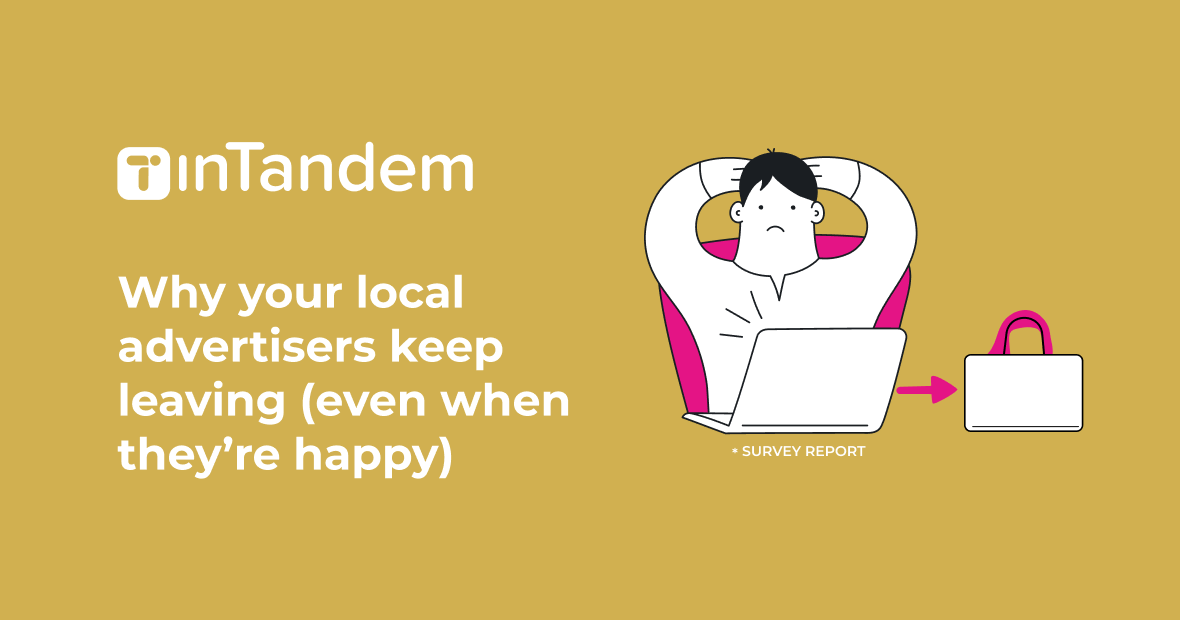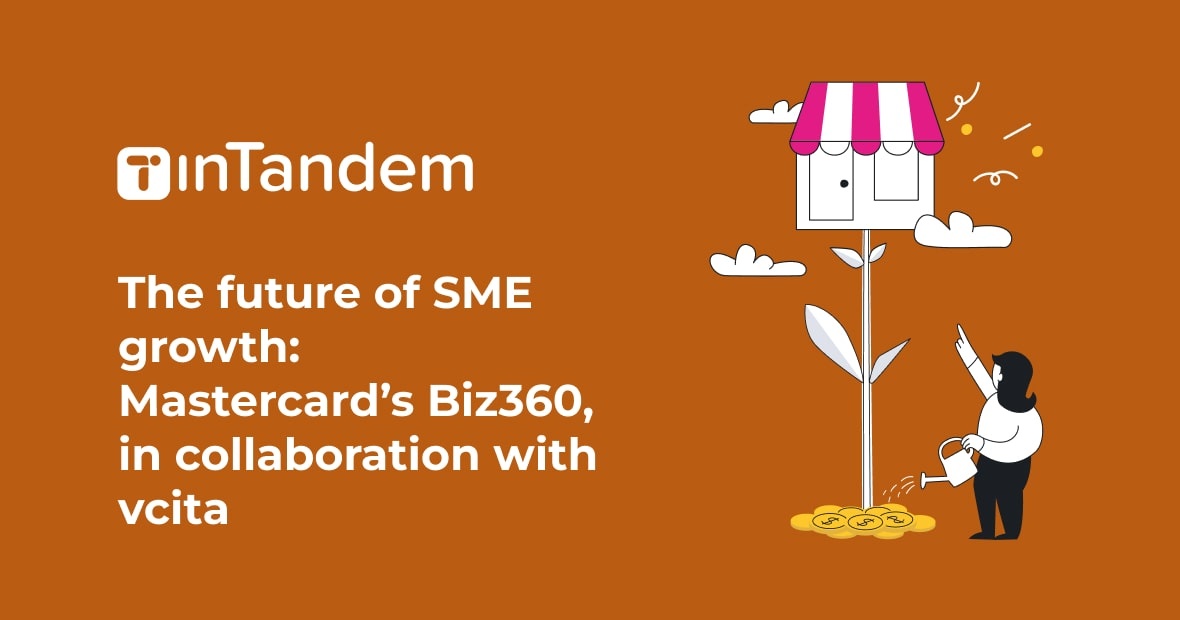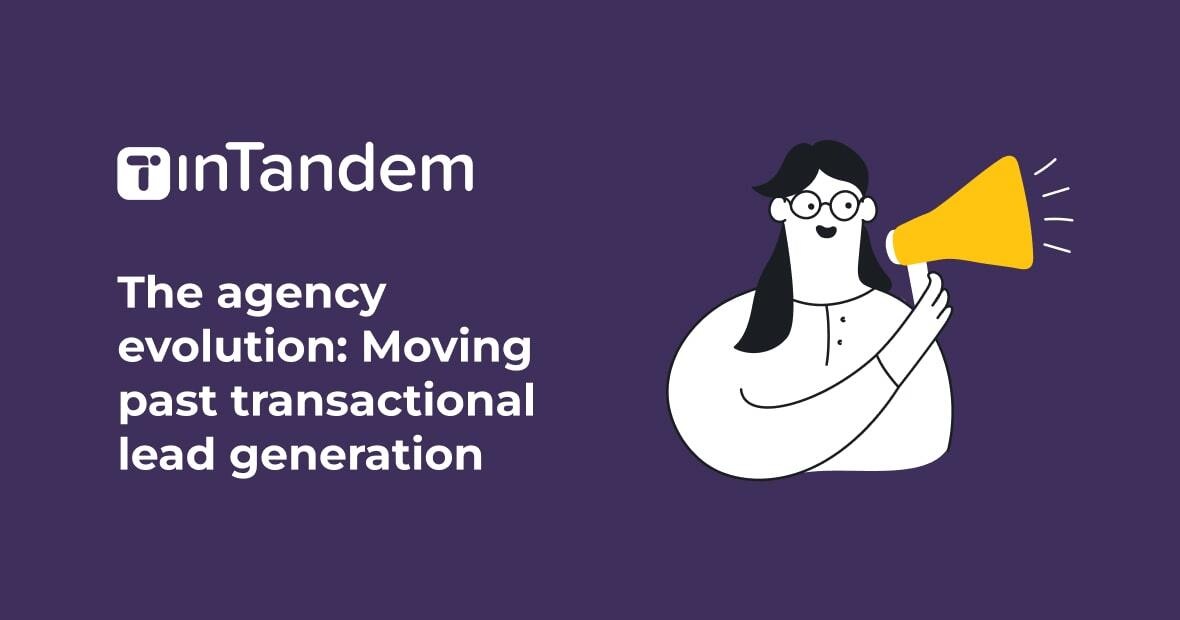Partnership marketing can be an excellent way to grow your business and enhance your reputation. But like with everything, it’s important to enter partner marketing with your eyes open and after having done your research into the partnership marketing strategies.
Read on to learn more about partnership marketing and discover how to make strategic partnership marketing work for your agency.
What is partner marketing?
A partnership is a mutually beneficial agreement between two parties, so partner (or partnership) marketing is when two businesses agree to develop marketing strategies together to increase brand awareness and sell more products and services to their target audience.
Partner marketing might be public and obvious for everyone to see. That’s what happens when initiatives are “co-branded,” meaning that the logos of both brands can be seen on project assets. Alternatively, sometimes marketing partnerships are “white labeled,” meaning the partner’s identity is not known or disclosed.
How does partner marketing help your business?
Partnership marketing works well for businesses that might not have the expertise, experience, and/or resources, like enough employees or the right software tools, to carry out a successful marketing strategy alone. The idea is that the two businesses pool their capabilities, audiences, and knowhow to plan a joint partnership marketing strategy. It’s a great solution for businesses with small marketing teams.
Partnering allows both you and your partner to provide more value to your customers, because you can tap into their areas of expertise to quickly and easily up your value proposition. For example, if you’re a marketing agency that’s on fire when it comes to website development, but you’re weaker in the realm of SEO. If you partner with an agency that specializes in SEO, you’ll be able to offer those services without having to hire new employees or retrain your existing marketers, and your new partners will enjoy the benefits of your website marketing capabilities.
Partner marketing means that both “partners” get access to each other’s audiences. It doubles your reach in a single move, and opens up new audiences that you might not have been able to reach alone. Generally, you’re able to rely on your partner’s already existing success to provide business lift with minimal effort.
Moreover, joint marketing efforts can result in cost savings and efficiencies, as businesses can share resources and expenses related to advertising, events, or campaigns. The synergy created through partnership marketing fosters a win-win situation for everyone involved.
How can partnership marketing increase sales?
Partnership marketing is an excellent way for businesses to boost their sales, because you’re able to leverage the strengths and customer bases of multiple businesses. Through strategic collaborations, companies can tap into each other’s audiences, expanding their reach and exposure.
This can lead to increased brand awareness and trust, because customers are more likely to engage with a brand recommended or associated with another reputable business. Additionally, partnerships allow for the cross-promotion of products or services, providing access to new customer segments and potentially driving more sales.
How effective is partner marketing?
You’d be surprised at how big an impact partnership marketing can have for those involved. A Partnerize survey revealed that 54% of brand leaders said that partner marketing drives more than 20% of sales, and 24% said that it drives more than 30% of sales.
A survey of brands that engaged in partnership marketing found that 55% of them saw increased revenue, 42% improved their customer retention, and 37% enjoyed a higher market share. That sounds like the kind of thing you want for your business.
Types of partnerships in marketing
There are loads and loads of different types of partner marketing strategies, so we won’t list all of them. But we are sharing some of the most popular partnership marketing options, and how to use them to help grow your business.
White label marketing
White label marketing means you provide a marketing service to another company, who then resells it to their customers without using your branding. For example, you could partner with a white label SaaS solution, like inTandem by vcita, which you would then promote to your customers. Alternatively, you might be the white label reseller, which means that you sell someone else’s services to your clients as though it’s your own.
If you’re the white label provider, it shows that you have an excellent service that other businesses value. They want to be able to offer similar services to their clients. Generally, only your two businesses know about your partnership. Although this doesn’t increase your brand awareness, it does boost sales and revenue.
If you are on the reseller side of a white label partnership, you’ll be the one presenting your partner’s services under your own brand. This means that you can offer a wider range of different services to attract more clients, without having to invest the time and money needed to train your own employees or buy and master new tech. New clients might come because you offer all these services under one roof, so you’ll be able to expand your audience and grow your loyal customer base.
Co-branded services
You often see bigger brands join together for joint product partner marketing, also known as co-branded products. For example, Salesforce CRM teamed up with Slack’s team collaboration tool to offer enhanced productivity to businesses.
Marketing agencies are more likely to offer co-branded services. This means that the two agencies get together to provide a joint list of marketing capabilities with both their branding and each agency’s name. It’s a great way to expand the services you offer while also putting your marketing brand in front of a bigger audience.
Reseller partnerships
Reseller partnerships involve collaborating with other businesses that act as intermediaries to resell your business’ services to their own client base. It’s similar to white-label marketing, because one partner is providing the service and the other one is promoting it to their customers.
But unlike white label marketing, reseller marketing means that your branding is visible to all. An example of a reseller partnership is the collaboration between Shopify and Google Workspace, where Shopify offers Google Workspace tools to its merchants.
This type of partnership can be great because you can expand your brand awareness and your client base without having to invest in direct marketing efforts. It can provide a steady stream of clients and revenue through the reseller’s established network, so you can focus on your core competencies while relying on the reseller to manage marketing, client relations, and sales.
What are the advantages and disadvantages of partnership marketing?
Partnership marketing brings both pros and cons. It’s important to weigh them up carefully before you decide to take the plunge into partner marketing.
The advantages of partnership marketing
1. Diversified services and expertise
Collaborating with partners enables businesses to offer a more comprehensive suite of services. By combining strengths with other businesses, they can provide clients with a broader range of expertise, potentially attracting a larger and more diverse clientele. This way, you can attract new customers with an expanded package of services for very little effort.
2. Larger client base
Partnership marketing means that you can increase your client base without having to spend a lot on promotion or direct marketing. You’ll automatically get access to your new partner’s clients, plus your joint list of services will attract more clients than either of you could individually. What’s more, you’ll be able to offer existing customers additional value, which can strengthen client relationships and contribute to long-term retention.
3. Cost savings
Collaborating with partners allows businesses to share the cost of resources like marketing software, and access specialist marketing capabilities without having to hire new staff or retrain existing employees. You might also be able to tap into economies of scale, so the cost per client of a given service falls because you’re sharing operational costs, allowing each of you to maximize profits.
4. Enhanced credibility and reputation
When you partner with another reputable business or agency, it can enhance your own credibility and reputation. You’ll benefit from customers associating you with a brand they already know and trust, leading to increased confidence and more significant opportunities. What’s more, you’ll both get a reputation boost from offering more specialist services.
5. Increased adaptability and innovation
Collaboration fosters an environment of adaptability and innovation. Businesses that work together can stay ahead of industry trends, learn from partner experiences, and collectively innovate to address emerging challenges.
The disadvantages of partnership marketing
1. Dependency risks
If you rely too heavily on partnerships for client acquisition, you could end up with a risk of dependency issues. When the partnership contract expires, you might find that they walk away with most of your clients and you’ll struggle to attract new customers on your own. It can also be a problem if your partner brings more strengths than you do, because you might find it difficult to maintain operations without their help.
2. Brand alignment
It can be challenging to ensure that two different marketing agencies align on consistent branding. Although it’s valuable to team up with an agency with an audience and strengths that are different to yours, big gaps between your values, messaging, or strategies could lead to confusion or conflicts, potentially harming your brand reputation.
3. Coordination and communication
Effective collaboration requires strong communication and coordination. If your goals aren’t well aligned, or you aren’t able to communicate well at all levels, you might not succeed in running joint marketing campaigns. What’s more, decision-making can become more complex when multiple parties are involved. Differences in priorities, decision styles, or organizational structures may slow down the decision-making process.
4. Revenue-sharing arrangement
Partnership marketing can increase revenue for both of you, but when you need to split the income in two, there’s a risk that one party or other might be unhappy with the arrangements. Depending on what each partner is bringing to the table and which type of partnership marketing strategy you adopt, you might see lower profit margins. Balancing the financial benefits of partnerships while maintaining profitability can be a delicate task.
5. Risk of reputation damage
If your partner engages in unethical practices or faces a public relations crisis, your business’ reputation could suffer, even if you had nothing to do with the issue. You’ll also have limited control over your partners’ actions or the quality of service they offer, so if they perform poorly or fail to meet expectations, it could reflect negatively on your agency.
What are the goals of partnership marketing?
When you enter a partnership, it’s important that you know what you’re looking to gain from it. Some of the goals you might have for your partnership marketing strategy include:
- Increasing your customer base
- Boosting your reputation
- Lowering costs and improving operational efficiency
- Expanding and diversifying the services you offer
- Tapping into a new customer segment
- Enhancing your client relationships
- Adding to your flexibility and agility
How to find the right partner
Identify your aims
Before you ever enter into a partnership, you need to identify the growth goals that you want to meet. A good partner will help you achieve them, but you’ll need to understand what they are before you sign on for a partnership. Ask yourself questions like:
- What do I hope to accomplish?
- What will a partnership bring that I can’t accomplish on my own right now?
- What’s my timeline for reaching my goals?
Understand your audience
You also need to consider who you’re trying to reach with your product or partnership. Unless you fully understand your own audience, the prospective partner’s audience, and your new joint potential audience, you won’t be able to create effective marketing plans and strategies that will improve your investment.
Set expectations early and often
Before you sign any partnership agreement, make sure you know exactly how the marketing partnership will work, what you need to bring to the table, and what your partner will bring in return. You need to establish clear timelines, and define each partner’s costs and responsibilities. This will help set expectations early to avoid conflicts. Just remember to revisit these expectations with regular check ins and monthly updates.
Agree on reporting methodologies
It’s crucial for both partners to be transparent and honest about your progress, contributions, and every action you take on behalf of your company. Agree on the means you’ll use to keep each other updated and informed. It could be a shared project management tool, a CRM, dashboard, or other reporting tools, but make sure you get regular updates on what your partners are doing and how it relates to your profitability goals.
The bottom line: partnership marketing offers many benefits
With so many things to consider, it’s not surprising that it takes time to build a strong partner marketing plan. But it can be well worth the investment, because your partnership marketing can make a real difference to your bottom line. If you’re looking to actively grow your business, partner marketing should be high on your list of strategies.


























